Future Returns: Assessing the Benefits of Technologies to Combat Climate Change
Feature on Project Frame’s methodology guidance, Pre-Investment Considerations, and an interview with Keri Browder, Direct of Impact Accountability, Prime Coalition, originally featured on Barron’s on May 30, 2023
Before funneling capital to a fledgling company with a promising product or service to address climate change, investors need a reliable way to know whether the technology they are supporting will really reduce greenhouse gas emissions.
Answering that question is crucial to attracting more capital into climate investing, says Keri Browder of the Boston-based Prime Coalition, a nonprofit organization that invests philanthropic and mission-driven capital to solve climate change.
Prime has been working with a group of investors to provide an answer through an effort called Project Frame. In April, this group produced a report with pre-investment guidance for “assessing future greenhouse gas impact” aimed at venture capital and private-equity investors.
“Our mission is to demystify climate investing and build common language methodologies and best practices to ensure that we are putting our capital toward the best possible climate solutions in a way that is both transparent and accountable,” says Browder, director of Project Frame.
Through this project, investors have been developing guidance that aligns the practices of those who have been doing this work, but also, “making it less of a convoluted and opaque process for investors who are trying to figure out how to break into investing in climate without being scared of being accused of greenwashing,” Browder says, referring to companies that claim to reduce or avoid emissions while not actually doing so.
Penta recently spoke with Browder about Project Frame’s efforts to assess the impact of technologies on the reduction of future greenhouse gas emissions.
Potential and Planned Impacts
Unlike many investors, impact investors want to make sure their capital leads to a specific positive environmental or social benefit often in addition to a financial return. Project Frame’s objective is to create guidance and a common terminology for investors focused on reducing climate change.
The guidance begins by defining the “unit impact” of a solution or product to reduce climate change compared with the impact of sticking with the status quo. For easy examples, think about an electric vehicle versus an internal combustion engine car or a heat pump versus an oil furnace.
A “unit” could also be a “facilitating solution” instead of a thing, that is something that helps or accelerates cuts in emissions. Examples might include a carbon trading platform or a device that improves consumer awareness, the report said.
The Project Frame guidance then makes a big distinction between two types of impact: potential and planned.
Potential impact assesses the possible market a given climate solution could serve, while planned impact provides a realistic assessment of a specific solution’s reach.
A company providing the potential impact of its technology “tends to be at the earlier stage, when you’re looking at the size of the market that a venture could penetrate,” Browder says. “The planned impact is much more conservative, when you’re comparing the impact to a realistic business model of the venture.”
Planned impact, in other words, considers a company’s “current customer pipeline, expected sales, and expected growth in the coming years,” the report said. “This is typically well-defined in the near term, with good visibility of potential customers and sales.”
Investors could be interested in companies with technologies at either stage of their development, depending on their investment or impact goals.
Building Consensus
The purpose of defining these terms, and providing a detailed methodology with clear guidance around language and process, is to make “it easier to be accountable and easier for other investors who might not have been investing in climate previously to start investing in the first place,” Browder says.
“What’s great about the methodology is that we were able to get a group of investors to agree on saying, ‘not only are these now our common definitions for these terms, but these are the basic steps that we’re going to use for vetting proposed climate solutions prior to investments,’” she says.
But the report’s authors couldn’t agree on all terms and steps. One definition that proved tricky was for the term “additionality,” which is the idea that a climate solution is additional if it leads to a reduction in emissions that wouldn’t otherwise have occurred. The term can have different uses in different climate contexts, the report said.
“We argued about it for a year,” Browder says. As a result, the authors put aside defining it precisely, but will continue to talk about it as Project Frame moves to the next phase of developing guidance for investments beyond early-stage commitments.
For now, Project Frame’s guidance is for investors and companies claiming a given product or solution is additional to be “very clear about how you define the term and apply it.”
Project Frame was written by eight authors including members of Prime Coalition and other investors, including Rick Cutright, technology director of Oil and Gas Climate Initiative Investments; Jean-Baptiste Curien, director, climate technology at Nysnø Climate Investments in Norway; and Morgan Sheil, associate vice president of impact and sustainability at Energy Impact Partners in New York. There were also 10 investors who served as internal reviewers and contributors and a focus group of 30 climate investors who weighed in on areas where it was difficult to reach consensus, the report.
About 80% of the investors involved in Project Frame are looking for “above market-rate returns,” Browder says. The others do blended finance—often catalytic capital in the form of recoverable grants or program-related investments to get promising technologies off the ground.
